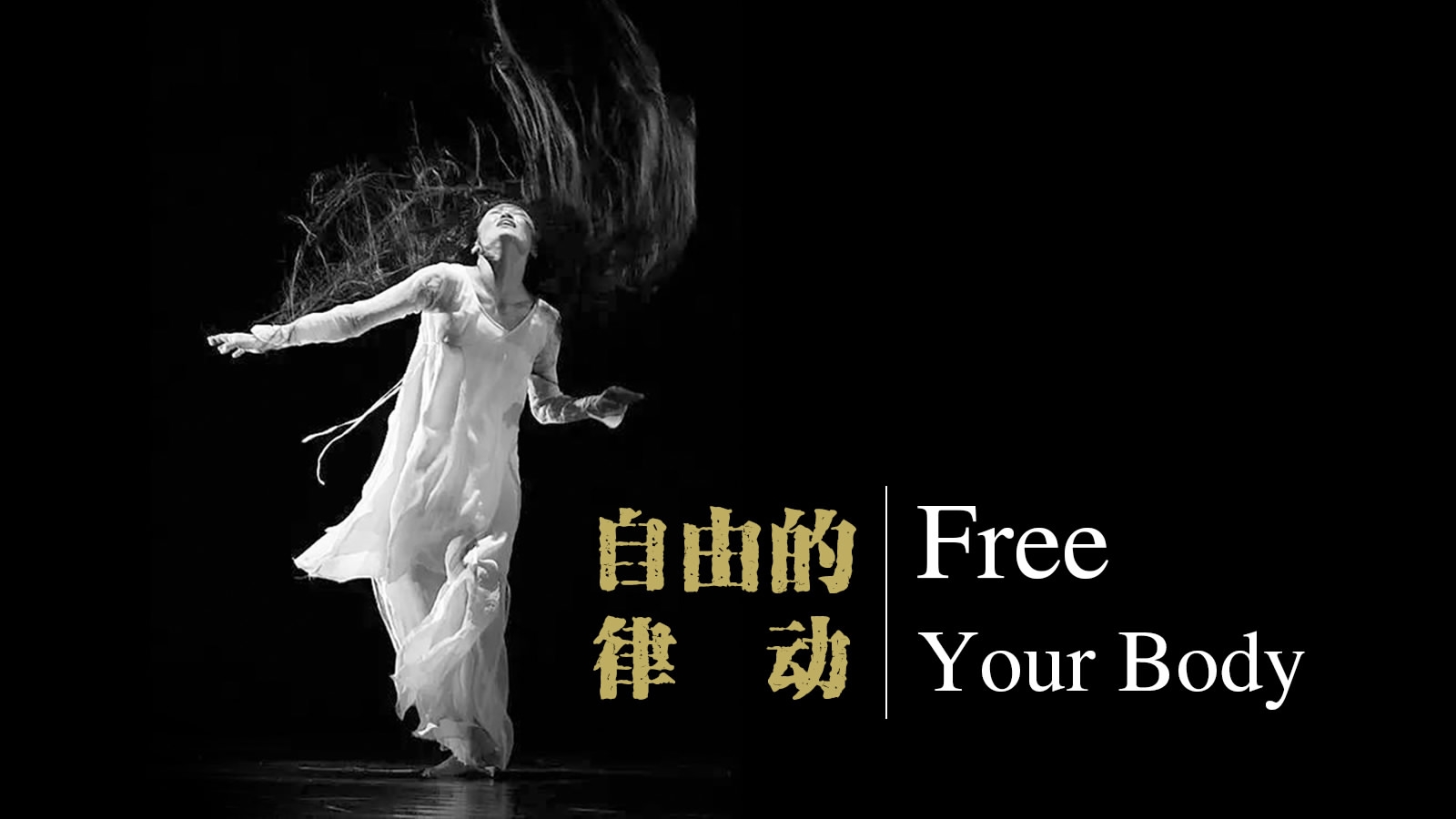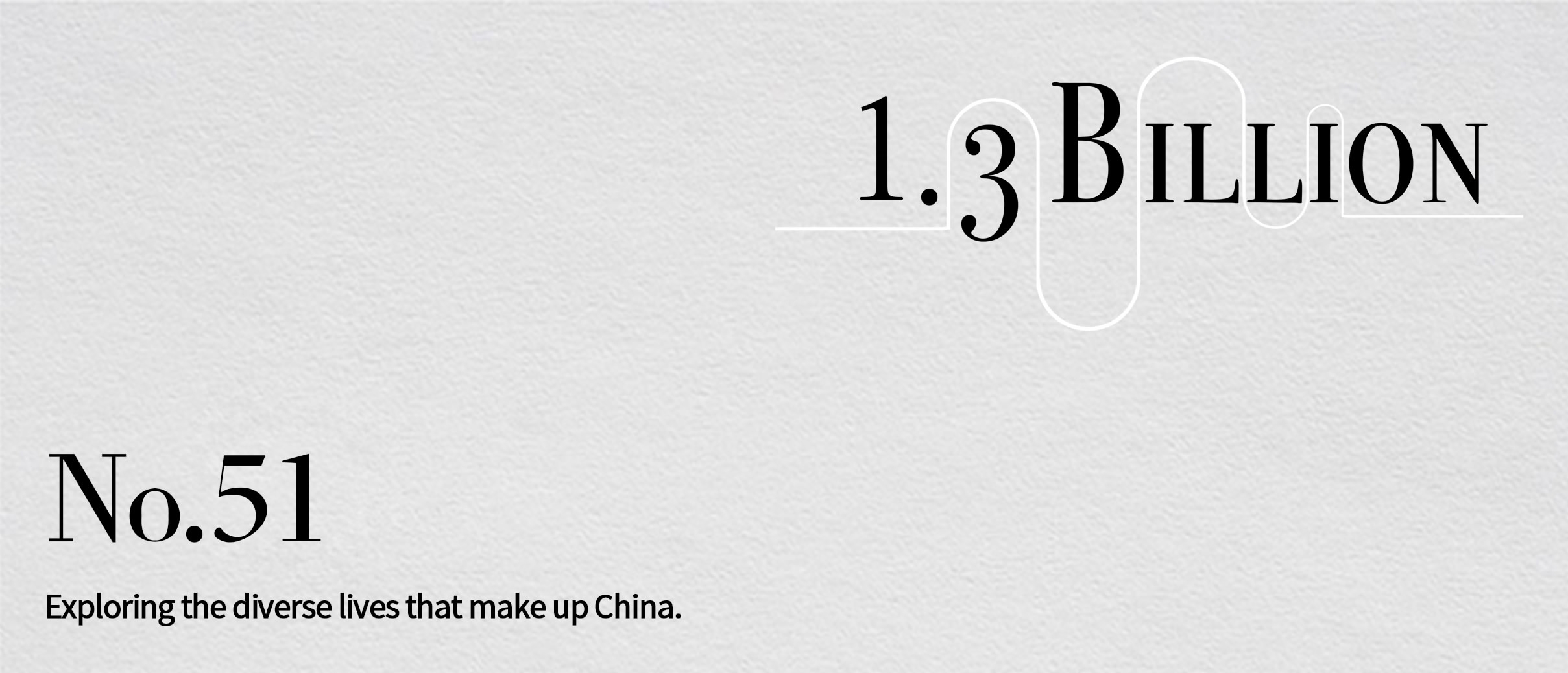In recent years, Chinese modern dance has witnessed some astonishing performances.
The main characters in "Blooming of Time" are flowers. The dancers become the incarnation of the goddess of the flowers, as well as foxes, snakes and insects. They perform a combination of modern dance, folk dance and ballet, telling the story of nature.
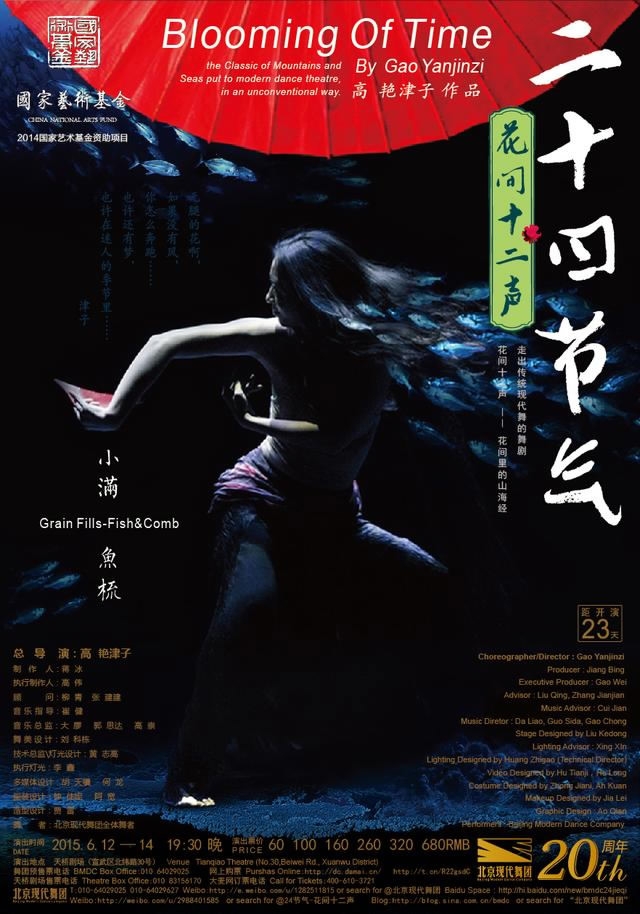
A poster for "Blooming of Time" /by Gao Yanjinzi
A poster for "Blooming of Time" /by Gao Yanjinzi
In "The Chinese Zodiac," dancers use their bodies to portray the 12 animals. Instead of mere imitation, they bring out new characteristics of the animals from Chinese folk legends.
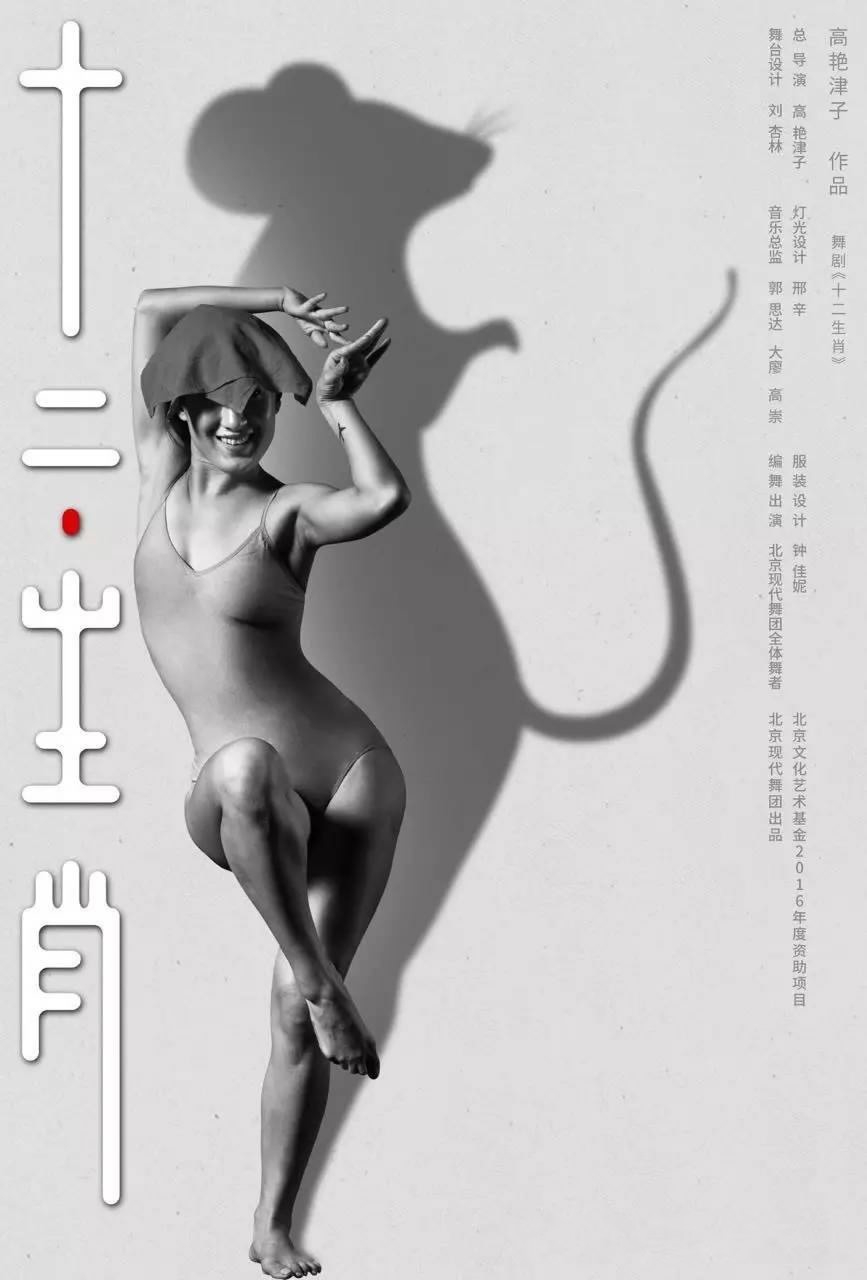
A poster for "The Chinese Zodiac" /Source: Sohu
A poster for "The Chinese Zodiac" /Source: Sohu
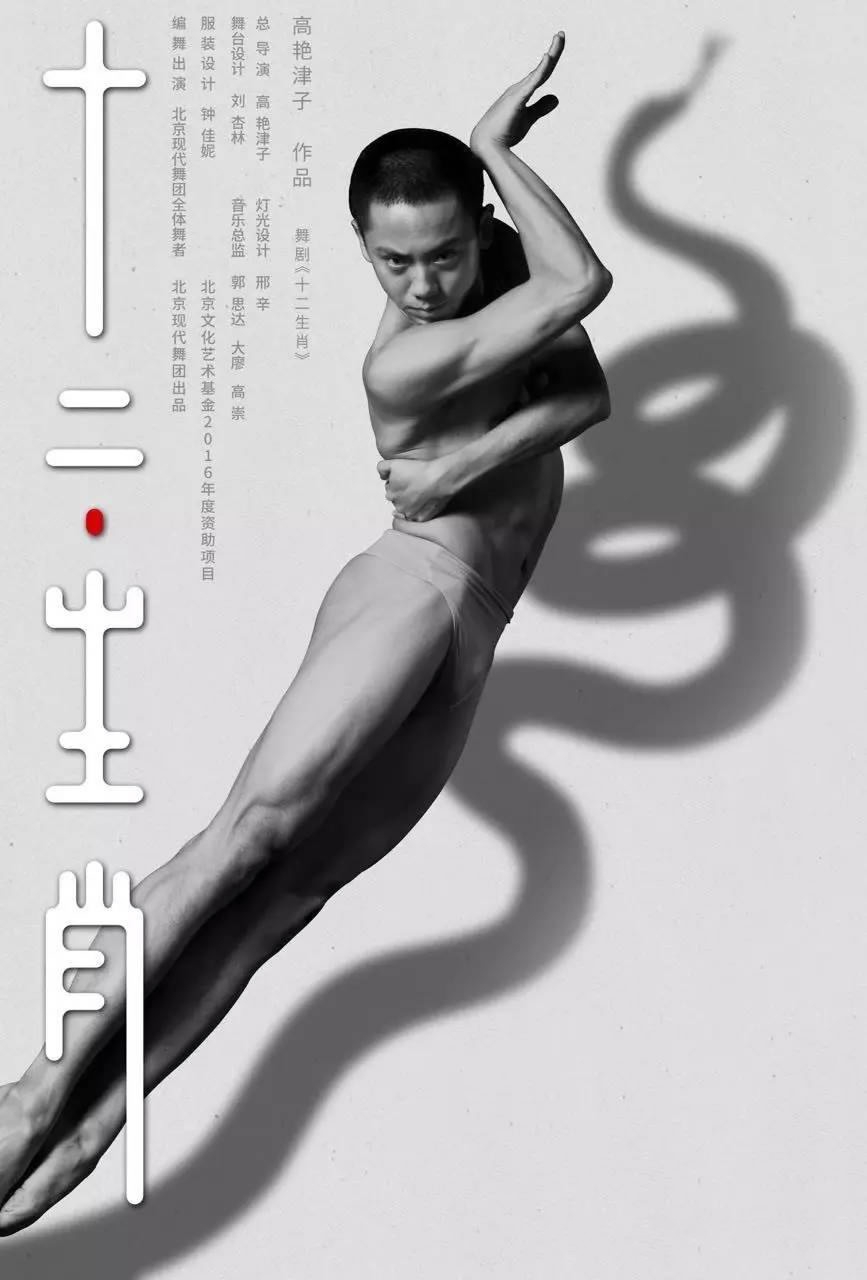
A poster for "The Chinese Zodiac" /Source: Sohu
A poster for "The Chinese Zodiac" /Source: Sohu
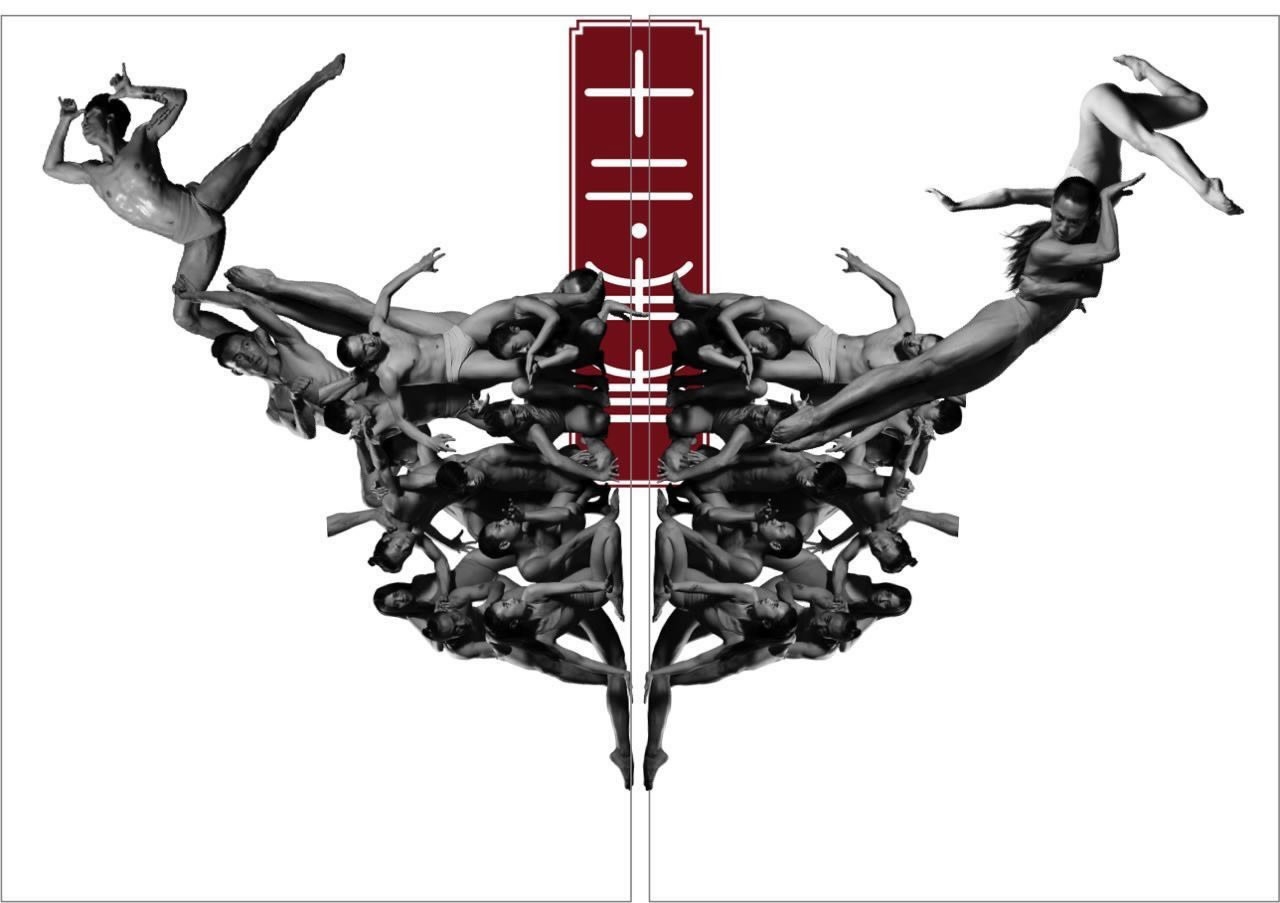
A poster for "The Chinese Zodiac" /Source: Sohu
A poster for "The Chinese Zodiac" /Source: Sohu
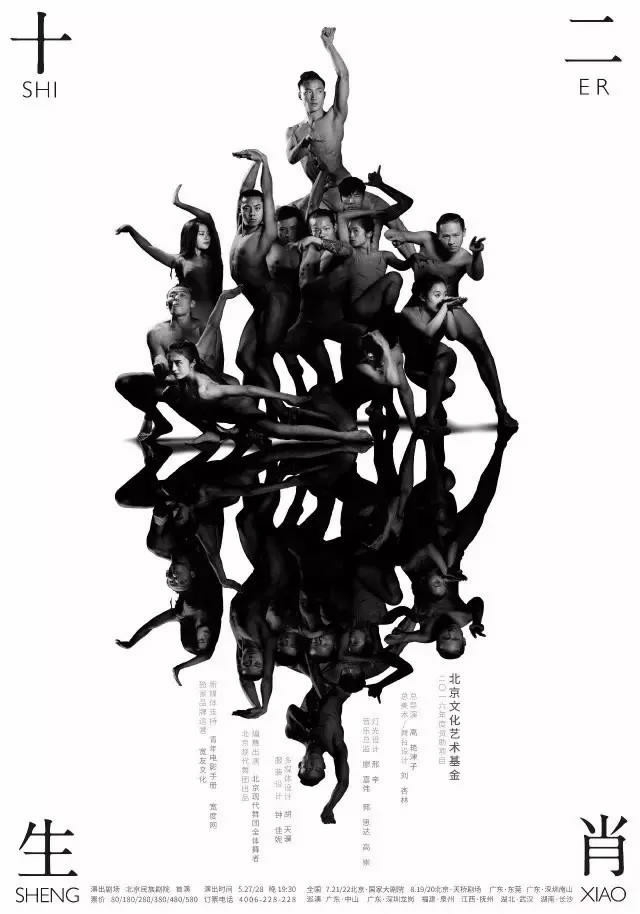
A poster for "The Chinese Zodiac" /Source: Sohu
A poster for "The Chinese Zodiac" /Source: Sohu
These shows have graced domestic and foreign stages, exposing Western audiences to the oriental philosophies of music and dance.
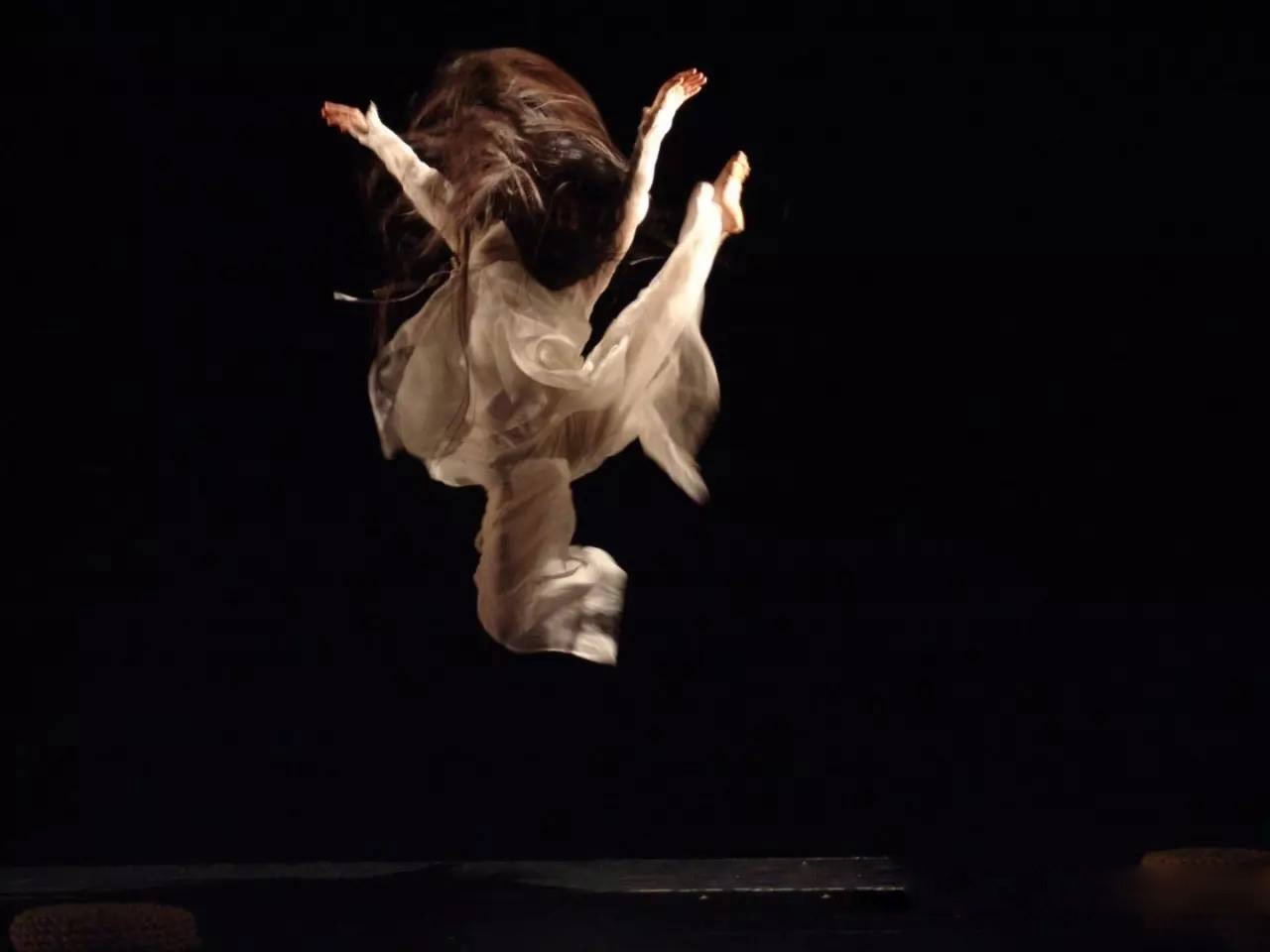
Gao Yanjinzi /Source: Sohu
Gao Yanjinzi /Source: Sohu
Gao Yanjinzi, artistic director of Beijing Modern and Contemporary Dance Company, is the chief director of these performances.
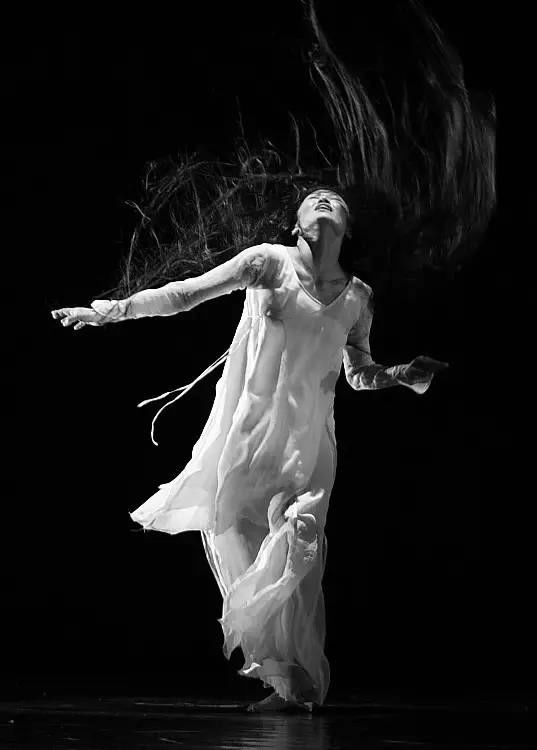
Gao Yanjinzi /Source: Sohu
Gao Yanjinzi /Source: Sohu
"Dancing is always part of my life," said Gao, who was born into a family of traditional dancers and trained as one before the age of 17. "When I was little, I would dance to bring people water, or dance away, wiping the sweat."
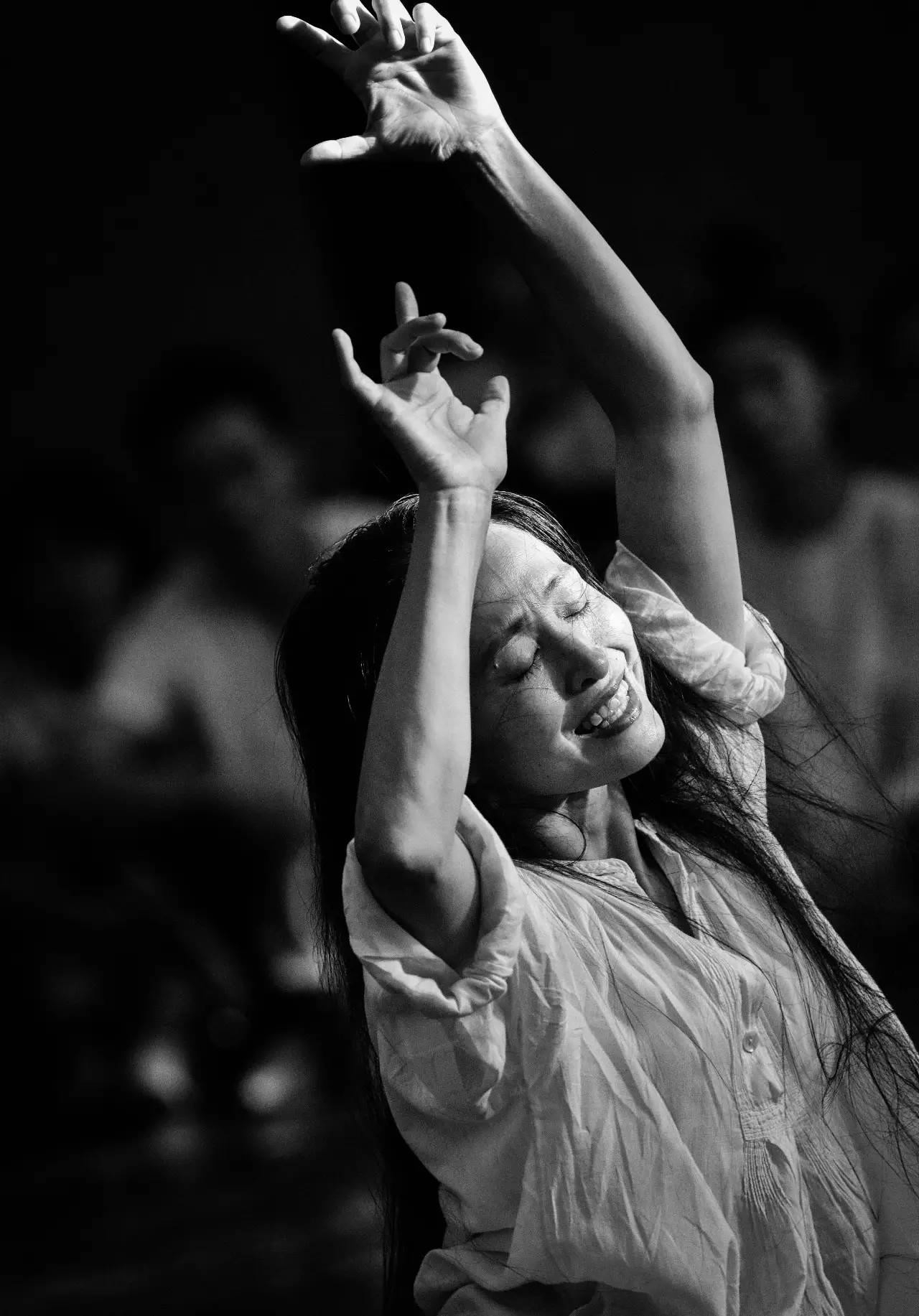
Gao Yanjinzi /Source: Sohu
Gao Yanjinzi /Source: Sohu
In 1993, Beijing Dance Academy set up the first modern dance course. By that time, modern dance had developed for more than 100 years in the Western world and had a relatively mature theoretical framework. China was, on the contrary, getting its first taste of modern dance and had to learn everything from the West. In the class, Gao felt that she was restricted. "Should we give up our culture of 5,000 years to pursue the 100-year-old modern dance?"
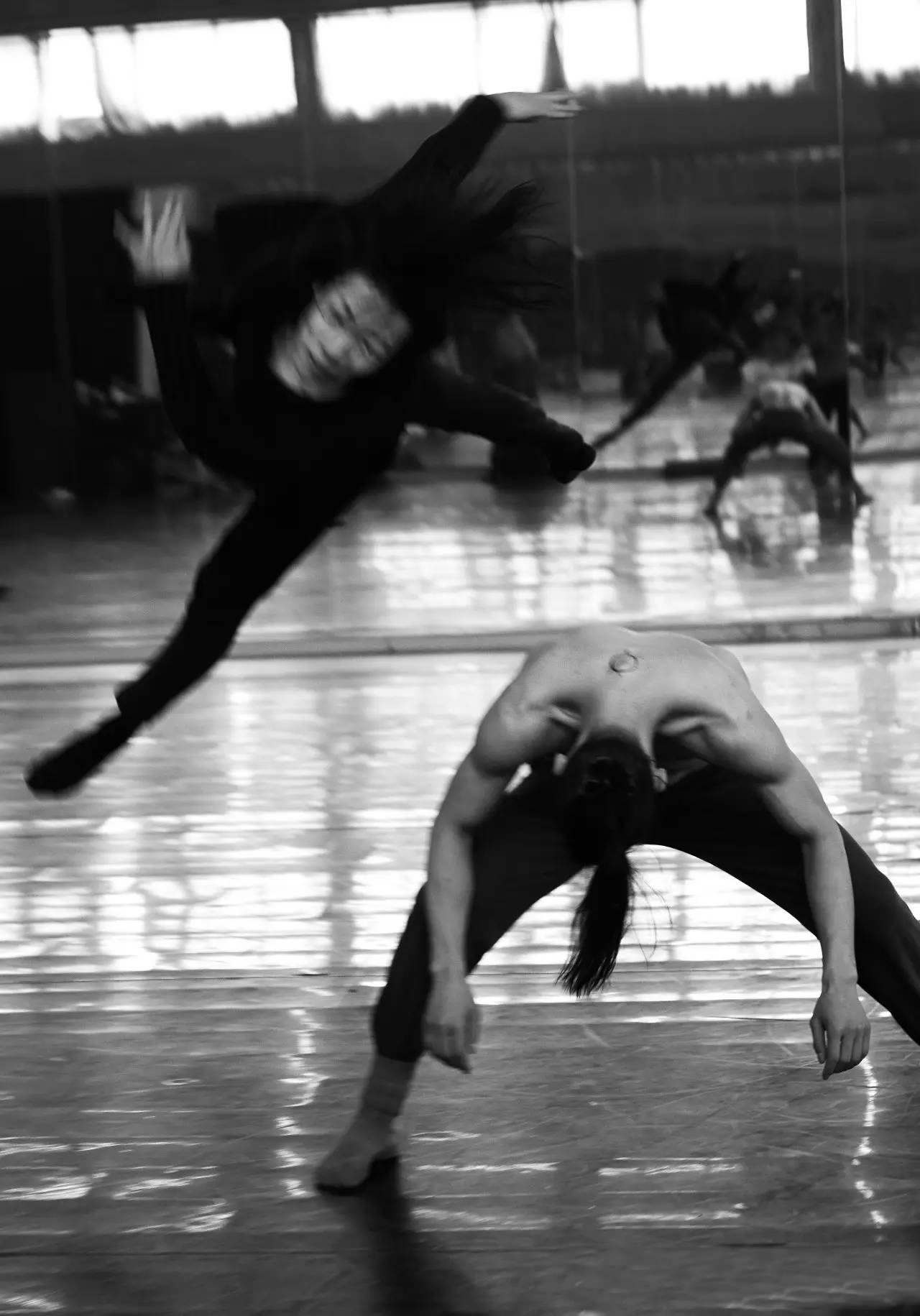
Students practice modern dance at Beijing Modern And Contemporary Dance Company. /Source: Sohu
Students practice modern dance at Beijing Modern And Contemporary Dance Company. /Source: Sohu
She was in doubt. "After I graduated, I couldn’t dance for two months. Actually, I couldn't raise my arms. I didn't understand why I'd do that. Where do the movements come from?"
Later, she found out that modern dance is, like other modern art forms, an art of concept. It has little to do with its country of origin. She once said in an interview: "Modern dance exists because the artists have different ideas about dancing... it doesn't have a standard concept to confine you." "The essence of modern dance is the freedom of spirit, not a certain kind of movement or style."
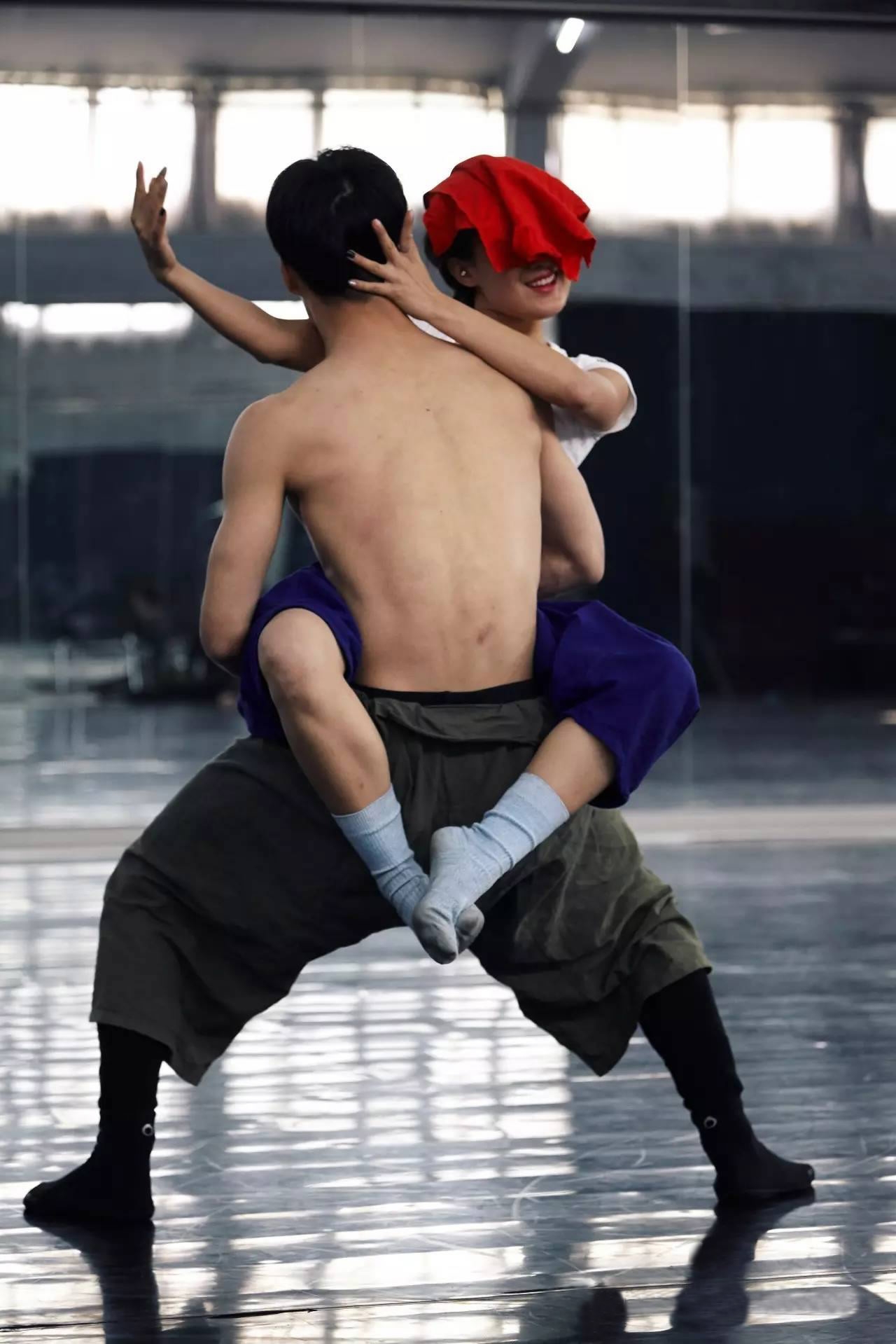
Students practice modern dance at Beijing Modern And Contemporary Dance Company. /Source: Sohu
Students practice modern dance at Beijing Modern And Contemporary Dance Company. /Source: Sohu
So Gao looks for inspiration in traditional Chinese culture and dances. "I integrate it with 5,000-year-old Chinese elements, like Tai Chi, traditional opera, calligraphy and literature, etc. I'd grow on this nutritious soil, creating and expressing."
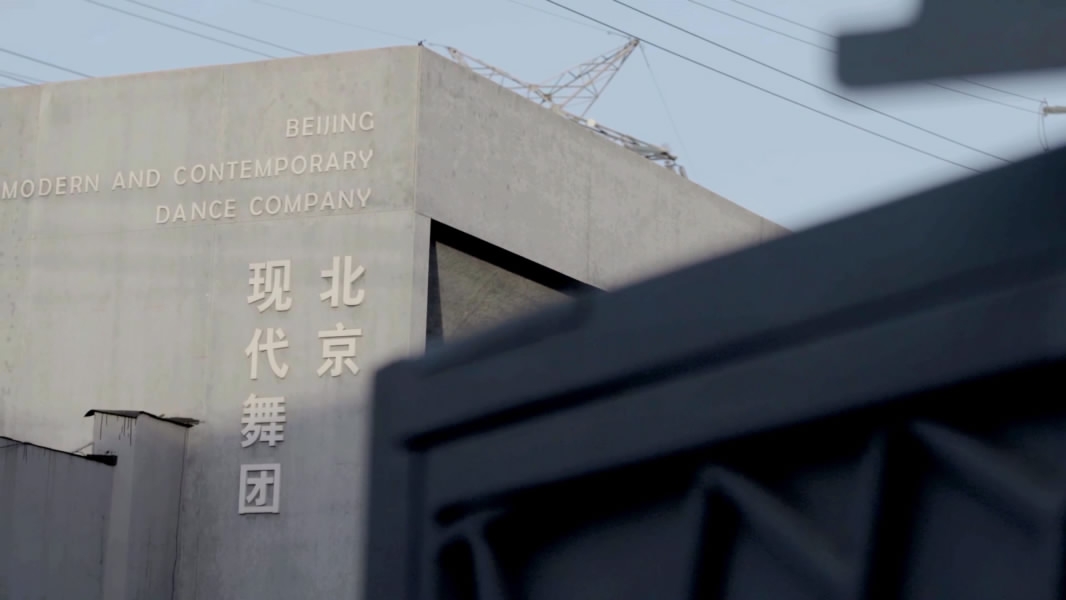
Beijing Modern And Contemporary Dance Company /by CGTN
Beijing Modern And Contemporary Dance Company /by CGTN
For Gao, dancing is a way of connecting with the world, and an outlet for feelings. When it comes out of the soil of the Chinese culture, naturally it takes on an oriental flair. It is perfectly shown in "Blooming of Time." The 24 solar terms of the Chinese lunar calendar are a dialogue between humans and nature. It reflects the oriental philosophy and aesthetics. It is the same in "The Chinese Zodiac."
"I subconsciously used many Chinese ways of thinking and feeling," said Gao.
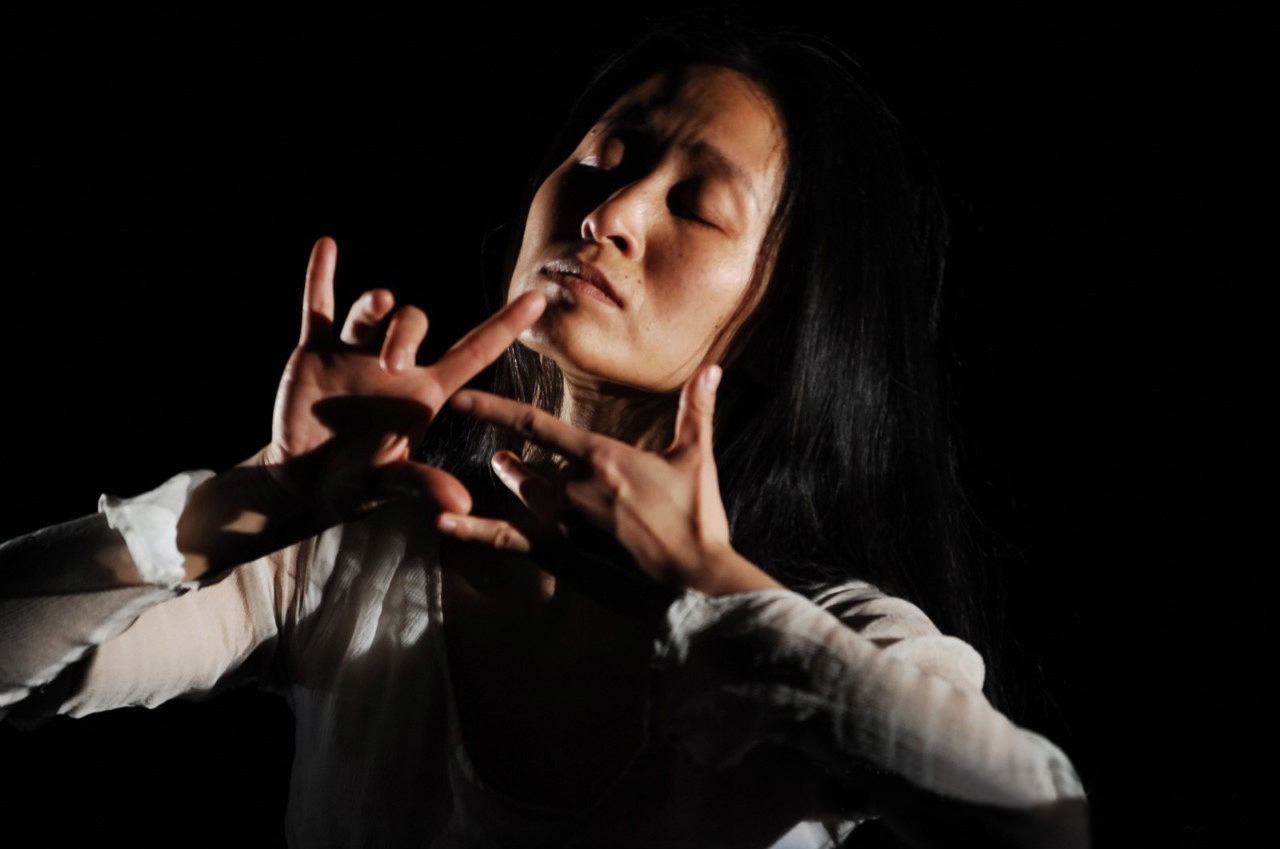
Gao Yanjinzi /Souce: Sohu
Gao Yanjinzi /Souce: Sohu
Gao has gone through all the doubts and matured. She now dances around the world without pursuing the source of the art. "Modern dance is supposed to support and appreciate the differences. We're looking for a local dancing language of our own," she said. "China has her own modern dance. It's the confidence about our culture, and the confidence about our lives."
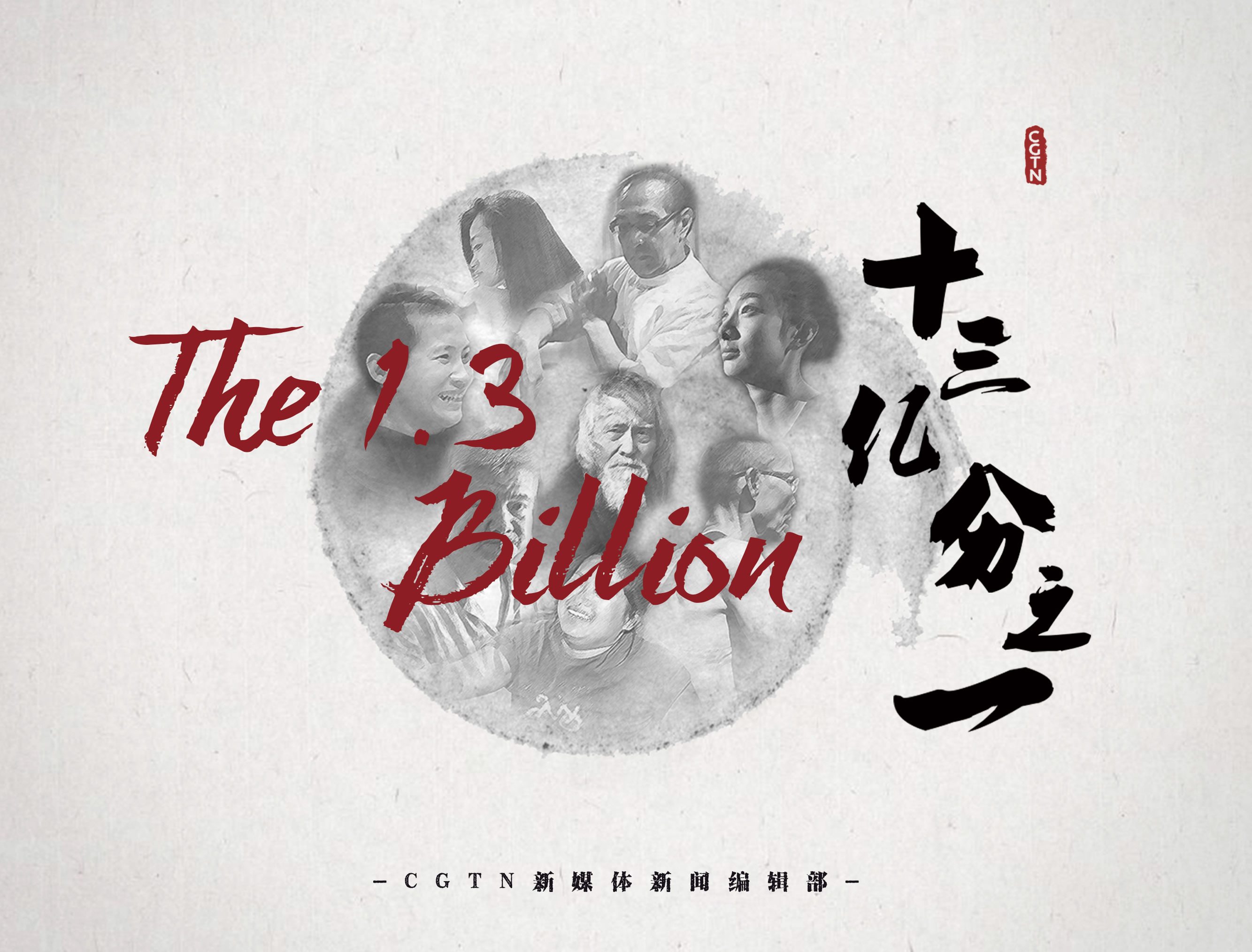
The story is one in The 1.3 Billion series exploring the diverse lives that make up China.
The story is one in The 1.3 Billion series exploring the diverse lives that make up China.

